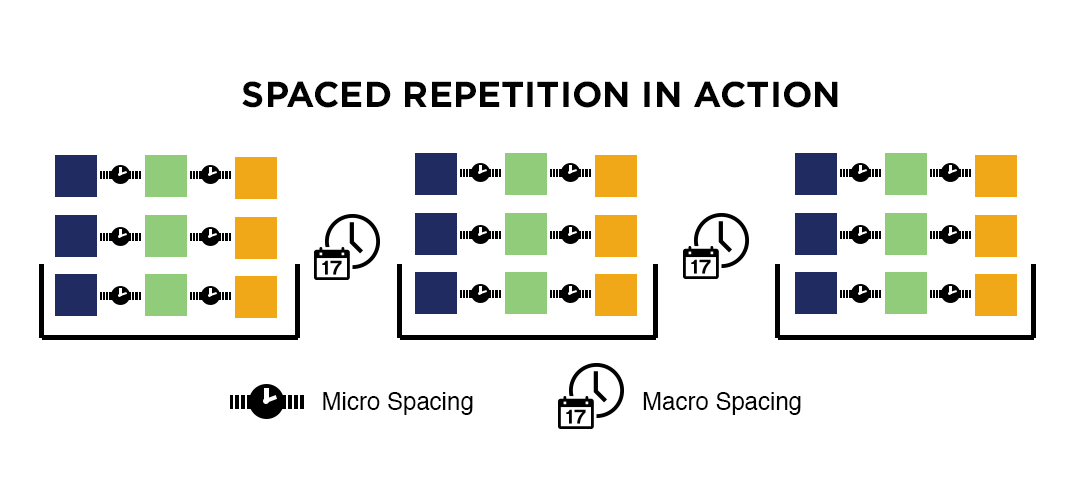Safety & Compliance Training: Should it Be a Game?

Safety training is often viewed as a “check the box” activity inside organizations. Managers don’t like giving it. Employees don’t like taking it, and that’s just the way it is. If the only reason you are providing the training is to comply, is it really necessary to make it engaging? Do learners really need to know this stuff?
Safety Goes Beyond Remaining in Compliance
The problem is that safety training has a much bigger impact. It goes beyond remaining in compliance. Safety issues directly affect the well-being of your employees. This is when learning and development has a mission beyond merely doing the bare minimum and satisfying requirements. A learning solution that teaches proper safety procedures can save lives. At the very least, it can help employees follow proper procedures and avoid trouble for themselves or the organization when procedures are not followed.
Either way you look at it—preventing harm to the employee or lost dollars for the organization—safety training can have a big impact.
The problem with safety and compliance training is that it is often, by nature, rather dry material. Employees may have seen the same old policies year after year as part of a required refresher course. They probably dread taking it and also give as little brain power as possible to this exercise.
If you want to capture their attention and believe your safety information is important, you need a fresh approach. It is critical that safety and compliance training both engage employees while also helping them retain the key information for application on the job.
Custom Gamified eLearning
On the custom development side of our business, we have created a wide variety of solutions to help our clients remain in compliance while protecting the wellbeing of their employees. We love working with organizations who decide the “status quo” of safety training is no longer sufficient. Gamified learning solutions such as “Avoid the BBPs” and “Slips, Trips and Falls” have won industry awards for their innovative approaches. They provide an immersive, memorable experience to learners while incorporating learning strategies that are closely tied to the learning objectives.
And while these courses do a wonderful job of engaging learners, it’s also important to mention that:
- Some organizations do not have the budget or staff to produce engaging, interactive eLearning for every single safety and compliance topic. Working with a vendor to create pieces like this is not always the right solution.
- If employees really need to know key facts, processes, and procedures, a single course is simply not enough. Learners need multiple repetitions spaced out over time and immediate feedback, to acquire knowledge and skills.
The Reality of Games in the Workplace
The reality is that many organizations are considering a game or gamified training approach for the first time. Others in the organization still need some convincing before buy-in is achieved in the project can move forward. While research validates the use of games for learning in a variety of scenarios, the new approach needs to make sense for the organization.
This is why, when I speak to organizations about the future of serious games and gamification of learning, I encourage them to “look beyond the game.” It’s really not just about the bells, whistles and fun. It’s about what’s needed to learn, and the strategies for helping people remember what they learned.

Spaced repetition is an excellent learning strategy to incorporate into safety training.
If you are still deciding how best to incorporate games and gamification into your safety training, I have a few tips for you:
Think learning science first.
Decide what learners need to know or do, then think about how you can help them acquire this information over the course of a larger curriculum or experience. Spaced repetition and feedback loops are two powerful strategies you should use. These strategies are especially effective when embedded into an engaging game environment.
Start Small.
You probably already have existing training materials. There’s no need to start from scratch and reinvent the wheel just yet. Is it possible to incorporate a game as a reinforcement or assessment tool? Consider running a pilot of the game to a small group of learners and measuring results.
Don’t be afraid.
Your existing training may have the “corporate” feel of your organization. But that doesn’t mean learners won’t appreciate a fun game thrown in the mix! You will be surprised at how employees young and old respond to a fun, fresh approach that looks different from what they are used to seeing.
Go beyond completion.
Safety and compliance training is all about completion 90% of the time. “Who completed it and when?” is all some managers care about. Use your game to measure more: what learning objectives are employees mastering? What areas do they need more help? Knowing this could save a life, or at least someone’s job.
Start fast.
Don’t overcomplicate things with your first attempt at a game. The agile development world is all about getting to version 1.0 quickly and building from there. Challenge your team to develop something in days or weeks, not months. You can always improve it and review it later.





